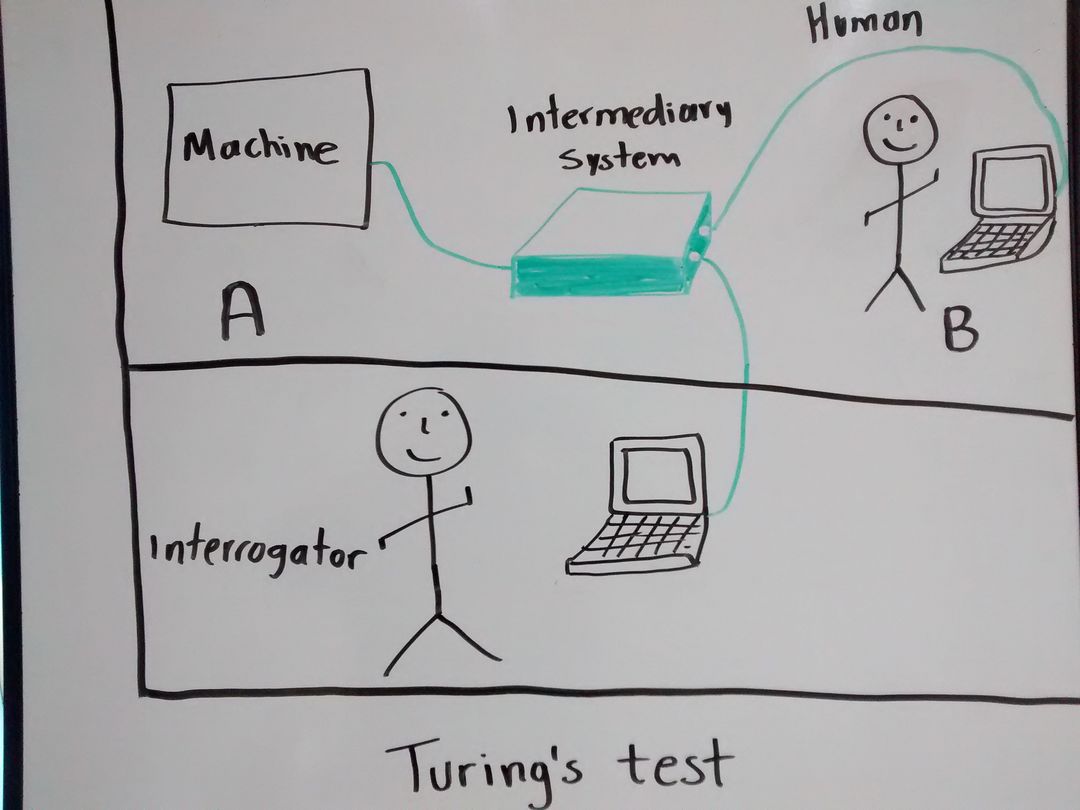Something about Artifical Intelligence (AI)
A field of study
Artificial intelligence is a field of study that encompasses computational techtechniques for performing tasks that apparently require intelligence when performed by humans. Such problems include diagnosing problems in automobiles, computers and people, designing new computers, writing stories and symphonies, finding mathematical theorems, assembling and inspecting products in factories, and negotiating international treaties. It is a technology of information processing concerned with processes of reasoning, learning, and perception.
AI: Art or Science?
One difference between a science and an art is that a science consists, in good part, of a body of proved principles that have been abstracted from nature through processes of empirical inquiry and logical deduction. That physics is a science is not contested. On the other hand, an art is for the most part a collection of techniques, developed pragmatically to a sophisticated level, but not necessarily in a logical way. Most cooks would agree that cooking is an art rather than a science.
Artificial intelligence is both an art and a science. The activity of developing intelligent computer systems employs both proved mathematical principles, empirical results of studying previous systems, and heuristic, programming techniques. Information stored in relational data structures can be manipulated by well-studied techniques of computer science such as tree searching algorithms. At the same time, experimental or vaguely understood "rules of thumb" for problem solving are often crucial to the success of a system and must be carefully accommodated in intelligent systems.
The field of AI is fascinating because of this complementarity of art and science. There is a lot of room for creativity in AI, and yet there is a growing body of mature ideas that are beginning to give more rigorous support to the practice of AI.
A Purpose
The most important purpose of artificial intelligence is to increase man's understanding of reasoning, learning, and perceptual processes. This understanding is desirable for two reasons: it is needed in order to build useful new tools and it is needed in order to achieve a more mature view of human intelligence than currently exists. The development of new tools is important because they may have commercial value, they may improve the quality of our lives through better products or entertainment, or they may increase the efficiency of governments
and companies. In the author's opinion, a deeper understanding of human intelligence and its limitations is extremely important, for it might lead to suggestions for partially resolving many of the political and religious disagreements in the world that currently pose a great threat to the human race.
Turing's test
The Turing test, developed by Alan Turing in 1950, is a test of a machine's ability to exhibit intelligent behavior equivalent to, or indistinguishable from, that of a human.
The image below help us to know the Turing test.
The interrogator (a human) must distinguish the other human from the machine. to either the other human or the machine, referring to one as A and the other as B. However, the interrogator is not told which of A or В is the human or which is the machine. The interrogator cannot see or hear the others but passes messages through an intermediary, which could be an electronic mail system or could be another person. As they respond to questions, A and В each compete with one another to convince the interrogator that he/she or it is the human. If the machine can win, on the average, as often as the human, then it passes the "Turing test," and, by this particular criterion, can think. In practice, the outcome of such a test would probably depend heavily on the humans involved, as well as the machine.
As we grow more sophisticated, we realize that the question of whether a system is intelligent is a shallow one. We should be asking about the kinds, quality and quantity of knowledge in a system, the kinds of inference that it can make with this knowledge, how well-directed its search procedure is, and what means of automatic knowledge acquisition are provided. There are many dimensions of intelligence, and these interact with one another.
Reference:

